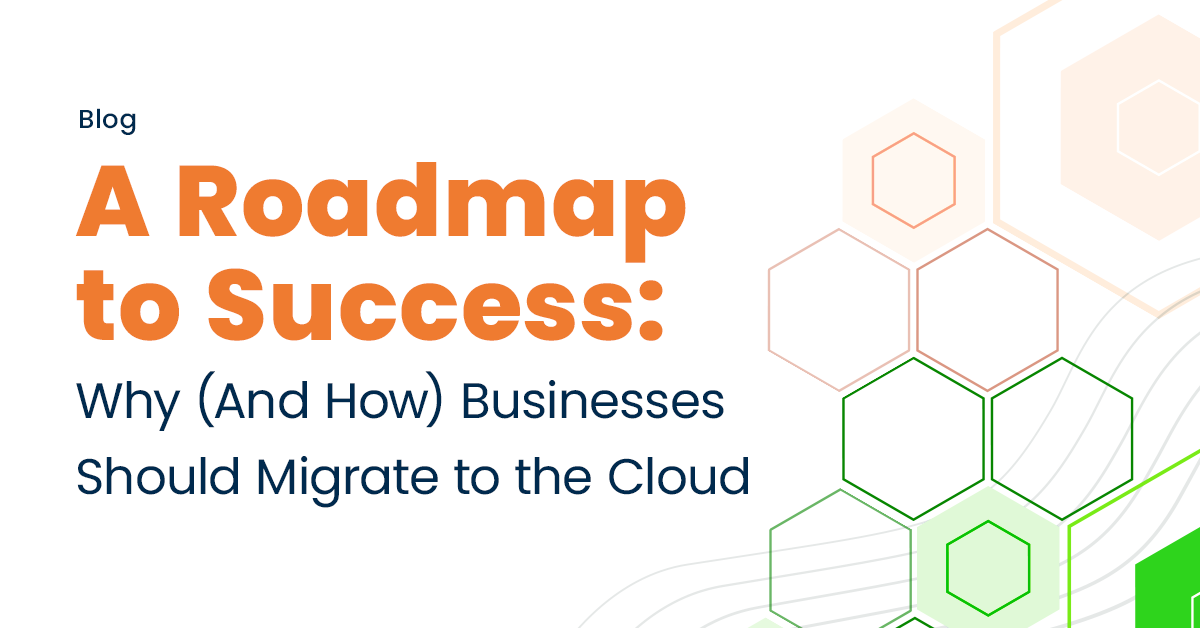A Roadmap to Success: Why (And How) Businesses Should Migrate to the Cloud
Learn how global enterprises take advantage of cloud migration strategies to modernize their IT infrastructure.
February 20, 2025 | Nasuni

As the digital era continues to pick up pace, businesses are increasingly turning to cloud solutions to modernize their operations, improve flexibility, and stay competitive. Migrating to the cloud is no longer just a trend; it’s a strategic imperative for organizations of all sizes, across all industries. Here, we explore the key benefits of cloud migration and outline how businesses can achieve a smooth transition.
Why Migrate to the Cloud?
- Enhanced Scalability: Cloud platforms are designed to grow with your business. Whether you’re dealing with terabytes of data at a single site or managing petabytes across global locations, the cloud provides the scalability needed to meet evolving demands without costly infrastructure investments.
- Cost Savings: Migrating to the cloud reduces the need for maintaining physical servers and associated costs, such as energy consumption and on-premises storage. Businesses can consolidate their IT infrastructure, cutting costs while enabling centralized data management.
- Improved Collaboration: Cloud migration allows organizations to unify previously siloed data systems into a single global platform. This improves accessibility and fosters seamless collaboration across teams and locations, accelerating workflows and decision-making.
- Business Resilience and Data Security: A good cloud platform (and partner) will prioritize data security before, during, and after migration. Businesses can leverage advanced encryption and security features to ensure their information remains safe from breaches.
- Future-Proofing with Innovation: Cloud platforms enable organizations to integrate AI and analytics into their operations, transforming raw data into actionable insights. This creates opportunities for innovation and keeps businesses competitive in a rapidly changing environment.
Achieving a No-Hassle Migration
Successfully transitioning to the cloud requires careful planning and execution. Below is a step-by-step guide to consider when vetting hybrid cloud platforms that can help you achieve your goals.
- Project Kick-Off: You will need to start by gathering all relevant data points about your current systems, infrastructure, and data requirements. A detailed understanding of your environment is crucial for planning the migration.
- Architecture and Planning: Collaborate with cloud experts to design a customized migration strategy. This step involves hands-on workshops to familiarize your team with the necessary cloud components and best practices.
- Optimize for Your Goals: Depending on your organization’s specific goals, various tools and strategies can be employed to streamline the migration process. This includes addressing bandwidth limitations, data volumes, and resource availability to ensure efficient implementation.
- Data Migration and Ingestion: During this phase, data is securely transferred to the cloud platform. Reliable systems are put in place to minimize disruptions and ensure data integrity, even in the event of unforeseen interruptions.
- Go Live and Simplify Operations: Once the migration is complete, your organization will benefit from centralized management through a unified console. Cloud systems often require significantly less maintenance, allowing IT teams to focus on strategic initiatives rather than routine operations.
Start Your Cloud Journey Today
Migrating to the cloud is more than just a technical upgrade; it’s a transformation that empowers businesses to unlock their full potential. By adopting scalable, cost-effective, and secure cloud solutions, organizations can streamline operations, enhance collaboration, and prepare for the future.
With the right approach and support, cloud migration can be a fast, seamless process that delivers both immediate and long-term value. Don’t let the fear of migration keep you from a path of innovation, resilience, and limitless possibility.
Related resources

Data sheet
Nasuni Cloud Migration Service
Our Data Migration Services are right-sized to environments that scale from an organization with a single site with tens of Terabytes to global,…
Learn more
May 08, 2024 | Jacob Wallace
The Emotional Rollercoaster of a Data Migration
Jacob Wallace addresses the common concerns and challenges that arise when an enterprise embarks on a cloud data migration.
Read more
Webinar
Migrating Your Windows File Servers to Microsoft Azure Cloud
The major trends driving companies to migrate file data to Microsoft Azure.
Learn more